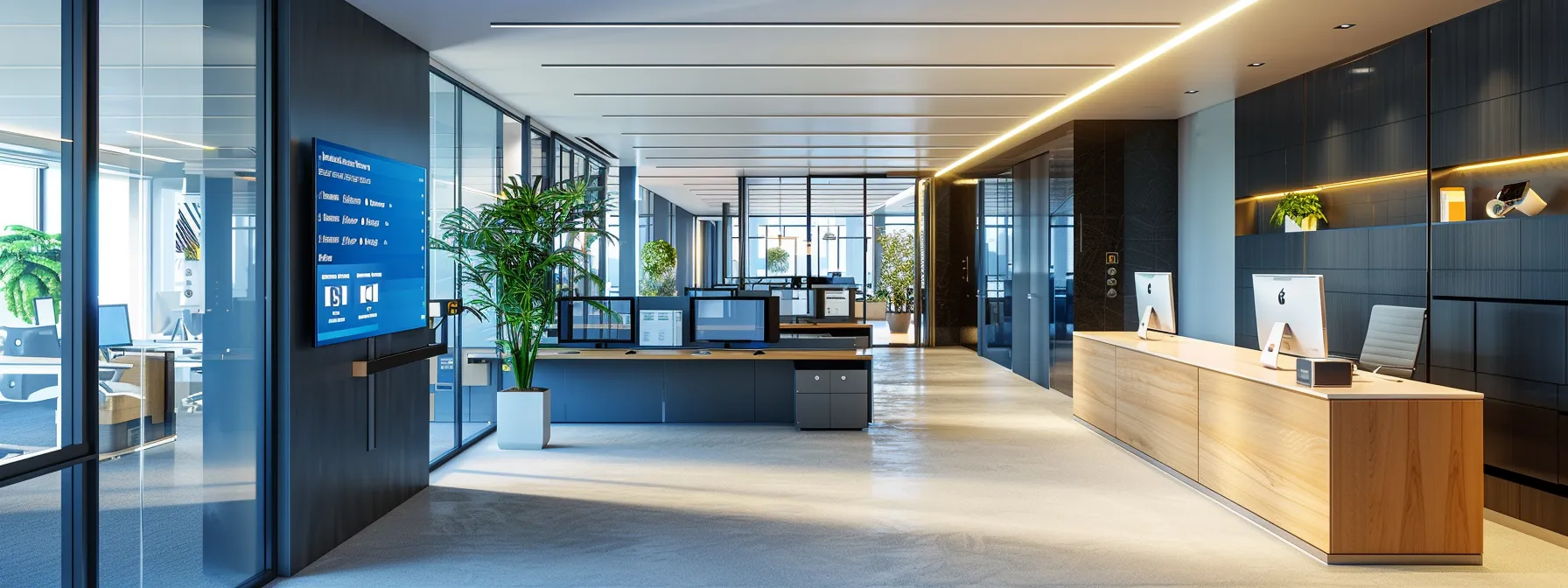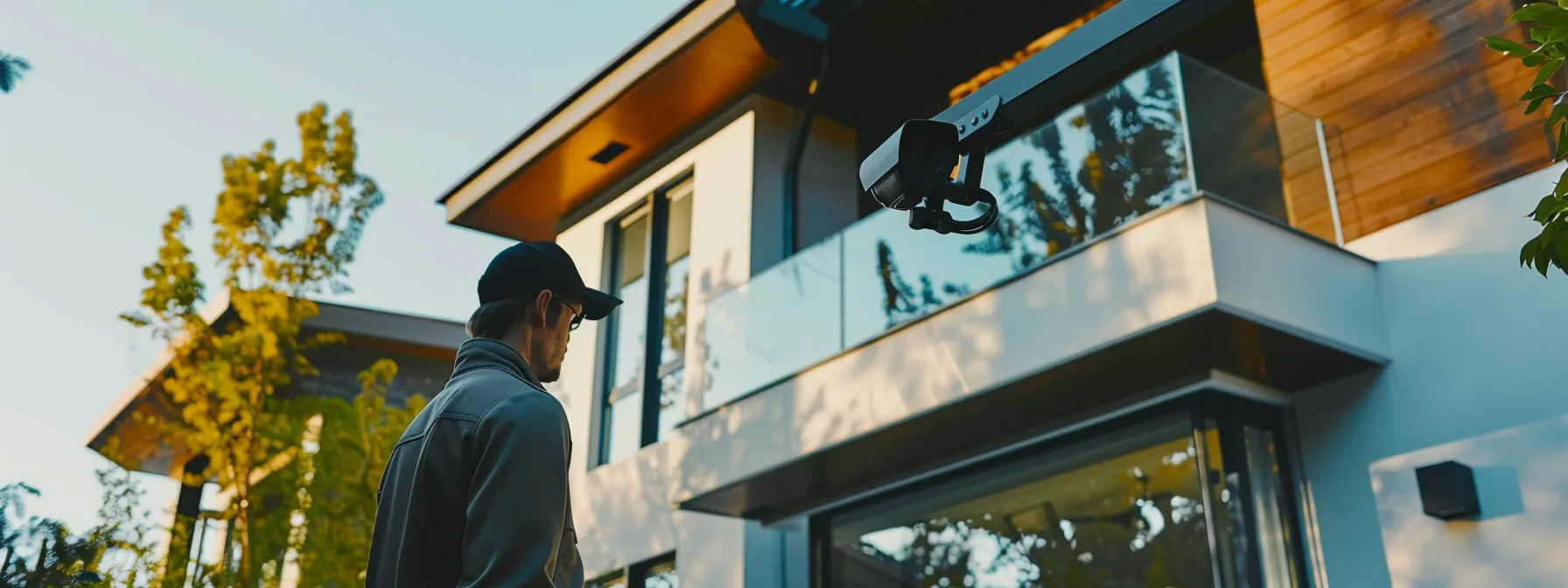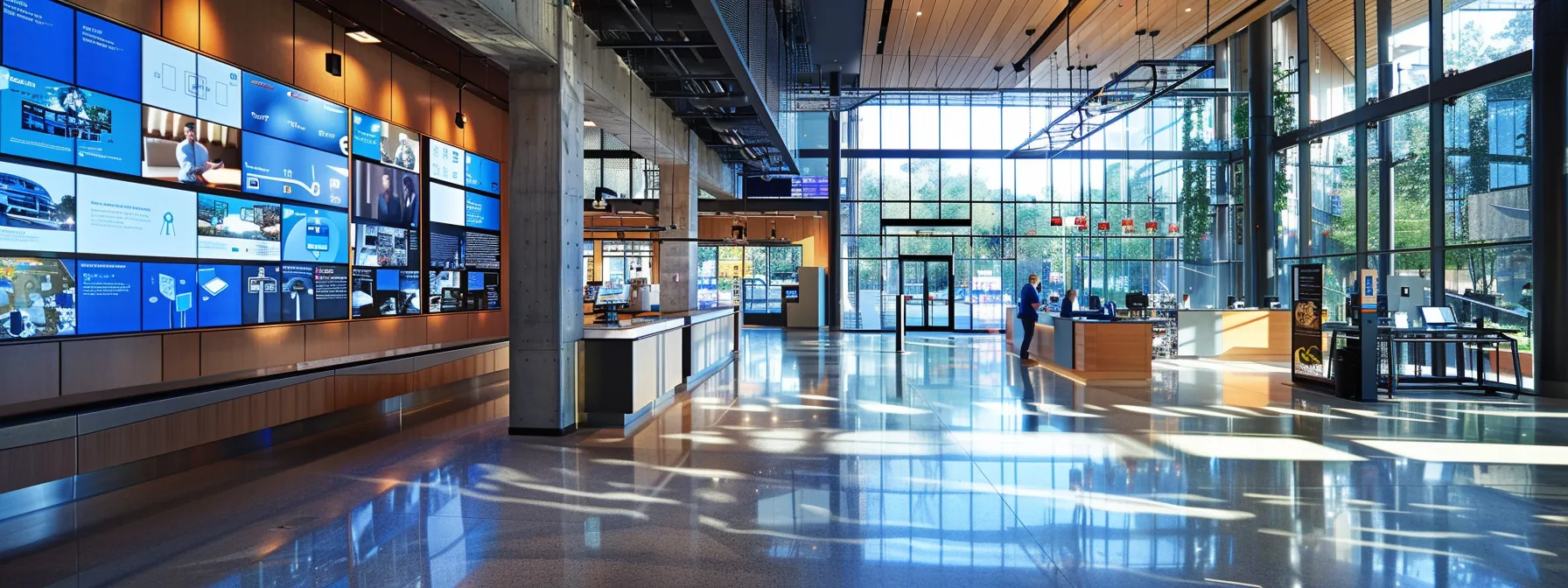
Outdoor security cameras are essential for protecting homes, yet many homeowners encounter frustrating challenges with their installation and performance. This article will address key obstacles like connectivity issues and weather-related problems while providing practical solutions to enhance effectiveness. Readers will learn best practices for maintenance and troubleshooting, ensuring their outdoor security cameras work reliably. By engaging with this content, homeowners can safeguard their property more effectively and enjoy peace of mind knowing their security system is optimized.

Outdoor security cameras face several challenges that can affect their performance and reliability. Key issues include understanding how environmental factors influence camera efficiency, recognizing technical problems related to factors such as bandwidth and router configurations, and assessing user errors or misconfigurations that may arise during installation. Addressing these challenges helps ensure optimal home automation and enhances overall security.
Outdoor security cameras are vulnerable to environmental factors that can significantly impact their functionality. Elements such as strong winds, rain, and temperature extremes can lead to issues like camera exposure problems and decreased image quality. Additionally, improper placement near objects such as a circuit breaker or smoke detector may obstruct the camera’s view, making it crucial for homeowners to consider their surroundings during installation.
Recognizing technical issues is crucial for maintaining reliable outdoor security camera systems. Problems related to frequency interference can lead to dropped signals or distorted video feeds, resulting in gaps in surveillance coverage. Homeowners should ensure their cameras are connected to a stable computer network and consider opting for devices with warranty protection to address any potential malfunctions or defects that may arise from environmental noise or technical shortcomings.
Assessing user errors and misconfigurations is essential for the effective performance of outdoor security cameras. Homeowners often overlook critical elements such as the correct positioning of the camera lens, which impacts the field of view. Additionally, ensuring the camera’s IP address is correctly configured can prevent connectivity issues, allowing for smoother operation. Troubleshooting setups and utilizing the proper adapter for installation are vital steps to mitigate these challenges and enhance security monitoring.

Ensuring a reliable power supply and connectivity is fundamental for home security cameras. Proper mounting locations enhance coverage, while adjusting camera settings helps minimize false alarms. Installing protective housing safeguards against harsh weather. This section discusses these critical aspects, linking power management and optimal settings to overall camera efficiency and robust security.
Ensuring a reliable power supply and stable connectivity is crucial for effective security monitoring through outdoor security cameras. Homeowners should use high-quality AC adapters to power their IP cameras, as this facilitates consistent operation and minimizes downtime. It is essential to check the configuration of the security system, including the placement of the connection button, to ensure that the devices remain online and responsive, ultimately enhancing surveillance coverage.
Choosing the right mounting location for a surveillance camera is vital for achieving optimal coverage. Homeowners should assess areas that provide a clear view of entry points, such as doors and windows, while ensuring the camera is free from obstructions. Additionally, it’s important to consider the power supply and connectivity; this includes proper placement for any necessary wires and ensuring a stable connection for wireless security options, which helps maximize the camera’s effectiveness in monitoring the property:
To reduce false alarms from outdoor security cameras, adjusting settings related to specific environmental factors is essential. For instance, implementing motion sensitivity settings can help filter out insignificant movements like animals or plants swaying in the wind. Furthermore, ensuring that night vision capabilities are optimized can enhance clarity during low-light conditions, reducing the chances of missed events due to infrastructure-related failures or misconfigurations in the subnet, especially when using equipment like a BNC connector for connections.
Installing protective housing for outdoor security cameras is essential for safeguarding them against weather-related challenges. By utilizing weather-resistant enclosures, homeowners can shield their cameras from rain, strong winds, and extreme temperatures, ensuring clear visibility and consistent performance, even in adverse conditions. This protective measure also helps minimize electromagnetic interference that may disrupt the camera’s connectivity, allowing for seamless access through web browsers and reliable cloud storage for saved footage.

Regular inspections and cleaning of outdoor security cameras help maintain clear visuals and effective sensor performance. Updating firmware and software enhances camera systems, ensuring better interface interaction and security features. Training users on proper operation and troubleshooting techniques is vital for customers, as it empowers them to manage access control efficiently. These practices contribute significantly to the overall effectiveness of security systems.
Scheduling regular inspections and cleaning of outdoor security cameras is essential to maintain their performance. By routinely checking the cctv security system, homeowners can ensure that the video camera lenses are clear from dirt or debris, which can impair image quality. Additionally, rebooting the system during these inspections can help maintain connectivity for remote viewing of security cameras video, allowing for uninterrupted surveillance of the property:
Updating firmware and software is critical for enhancing the performance of outdoor security cameras, as it ensures compatibility with the latest features and security protocols. Users should regularly check for updates through their mobile app or their wireless router configuration to avoid potential vulnerabilities. Furthermore, integrating updates may also improve functionalities like infrared capabilities for night vision, ultimately providing clearer visibility and a more reliable surveillance experience.
Training users on the proper operation and troubleshooting of their home security camera system is essential for maintaining optimal performance. Homeowners should be educated on how to regularly check for debris on the camera lens, which can obstruct views and impair image quality. Additionally, understanding technical aspects such as port forwarding and configuring the gateway can significantly enhance remote access to the security camera system, allowing for reliable monitoring from anywhere.

Diagnosing connection failures in home security systems is vital to maintaining effective surveillance. Homeowners may face image quality problems caused by dust or environmental factors, affecting camera performance. Additionally, addressing issues related to recording and storage can enhance the functionality of network video recorders. This section provides practical solutions for these common challenges, ensuring reliable and optimal operation of outdoor security cameras.
Diagnosing connection failures with outdoor surveillance cameras is essential for maintaining consistent monitoring. Issues may arise from power outages that disrupt camera functionality or from problems with the ethernet connections that link digital video recorders to the cameras. For homeowners using cellular security cameras, ensuring a robust signal and stable power supply can alleviate connectivity concerns, allowing for enhanced security management.
Image quality problems in outdoor security cameras can often be attributed to environmental factors, such as excessive moisture or rapid temperature changes. To address these issues, homeowners may consider using high-quality coaxial cables to ensure stable connections, which can help reduce glitches in video feeds. Moreover, routine maintenance, such as checking the camera alignment and cleaning the lens, is essential, especially as November approaches, when weather conditions can shift dramatically and impact camera performance.
Addressing recording and storage issues in outdoor security cameras is critical for maintaining effective home security. Homeowners should regularly check their internet access to ensure stable connections that allow uninterrupted video and data transfer to their devices, such as a computer monitor. If problems arise, performing a reset may remedy issues related to data storage or connectivity, while seeking assistance from a qualified electrician can provide necessary electrical diagnostics to identify and fix underlying issues that could compromise the security system’s functionality.

Utilizing cloud storage solutions for data backup ensures that footage from security camera systems, including cctv systems and wireless security cameras, remains secure and accessible. Integrating smart features enhances monitoring capabilities, while leveraging motion sensors significantly reduces baseless alerts, improving overall effectiveness. Each of these approaches is essential for maximizing the operational efficiency of outdoor security cameras.
Utilizing cloud storage solutions for data backup enhances the reliability of outdoor security cameras by ensuring that important footage is securely stored and easily accessible. Homeowners can store video recordings from their wireless cameras in the cloud, which not only provides a safeguard against data loss but also allows for seamless retrieval from any device with internet access. Implementing a suitable cloud service, alongside robust optics and network configurations, can improve overall system performance, providing users with confidence that they can monitor their property effectively, even in the event of equipment failure or connectivity issues.
Integrating smart features into outdoor security cameras can significantly enhance monitoring capabilities and overall effectiveness. Advanced capabilities such as real-time alerts for motion detection, facial recognition, and two-way audio empower homeowners to respond promptly to any security events. These functionalities not only improve situational awareness but also help reduce unnecessary alerts, ensuring that users focus on relevant activities around their property:
Leveraging motion sensors in outdoor security cameras can significantly reduce false alerts caused by non-threatening movements, such as animals or branches swaying in the wind. By customizing the sensitivity settings of these sensors, homeowners can ensure they only capture relevant activities, thereby enhancing the overall effectiveness of their security systems. This tailored approach not only improves alert accuracy but also minimizes unnecessary disruptions, allowing users to focus on genuine security concerns:

This section addresses common concerns homeowners face with outdoor security cameras. It covers why a camera may not be recording, tips for improving visibility during nighttime, and solutions for a camera that frequently loses connection. Each topic provides practical insights to enhance the functionality and reliability of security systems, ensuring effective monitoring and peace of mind.
When an outdoor security camera fails to record, several common issues may be the cause. Homeowners should first check the camera’s power supply, ensuring that it is properly connected and receiving adequate voltage. Additionally, examining memory storage is crucial; if the storage is full, the camera may stop recording. Ensuring that the camera’s settings are correctly configured for recording conditions can also help maintain effective monitoring.
Improving visibility at night for outdoor security cameras can significantly enhance surveillance effectiveness. Homeowners can invest in cameras equipped with advanced night vision capabilities, which allow for clearer images in low-light conditions. Additionally, strategic placement of external lighting around entry points and paths can enhance overall visibility, preventing blind spots and ensuring that the camera captures crucial events during nighttime hours:
If an outdoor security camera consistently loses connection, homeowners should first verify the power supply and check for any loose connections. A common solution is to reposition the camera to a location with a stronger Wi-Fi signal or utilize Wi-Fi extenders for better coverage. Regularly inspecting the camera’s firmware and ensuring it is updated can also prevent connectivity issues from arising due to software problems.
Overcoming challenges with outdoor security cameras is essential for maintaining effective home surveillance and enhancing security. By addressing environmental factors, technical issues, and user errors, homeowners can significantly improve camera performance and reliability. Implementing proper power management, adjusting settings, and utilizing protective housing further optimize system functionality. Taking these steps ensures reliable monitoring, giving homeowners peace of mind about their property’s safety.


